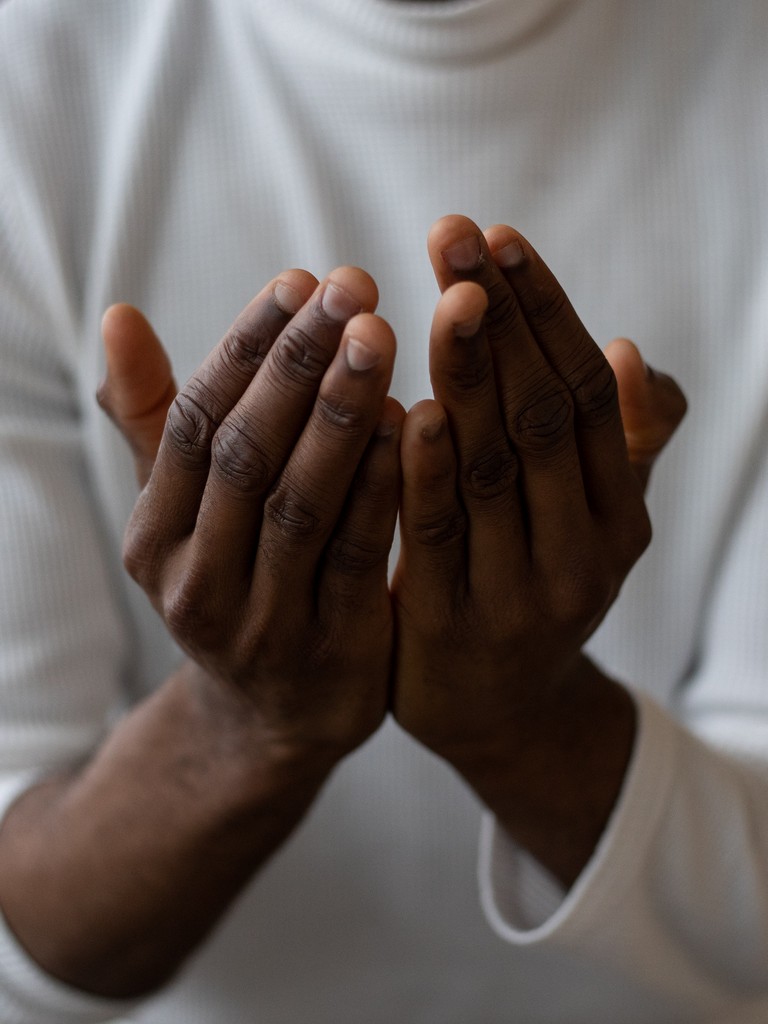Catholic CCD Curriculum: What to Expect
Catholic CCD, or Confraternity of Christian Doctrine, is a religious education program that is designed to provide children and youth with a strong foundation in Catholic teachings and traditions. The curriculum typically includes courses on Scripture, sacraments, moral teachings, and the history of the Catholic Church.
In Catholic CCD classes, students can expect to learn about the Bible and its teachings, including stories from both the Old and New Testaments. They will also learn about the Seven Sacraments of the Catholic Church, including Baptism, Confirmation, Eucharist, Penance, Anointing of the Sick, Holy Orders, and Matrimony.
Moral teachings are also an important part of the Catholic CCD curriculum. Students will learn about the Ten Commandments, the Beatitudes, and other Catholic teachings on ethics and morality. They will also learn about the lives of Catholic saints and how their examples can inspire us to live better, more compassionate lives.
CCD vs. Catholic School: Which is Right for Your Child?
When it comes to Catholic education, families have two main options: CCD classes or Catholic schools. Both options provide a faith-based education, but some key differences can help families decide which option is right for their child.
CCD classes are typically offered outside of regular school hours, often on weekends or after school. They are designed to provide religious education to children who attend secular schools. CCD classes are usually taught in a classroom setting and cover topics such as Scripture, sacraments, and Catholic traditions. CCD classes are generally less expensive than Catholic schools, and they offer families the flexibility to choose when and where their child receives religious education.
Catholic schools, on the other hand, are full-time schools that provide a faith-based education in addition to traditional academic subjects. In Catholic schools, students attend Mass, receive religious instruction daily, and participate in prayer and other religious activities. Catholic schools offer a more immersive faith-based education than CCD classes and usually have higher academic standards than public schools.
CCD vs. Catholic School: Pros and Cons
Here are some pros and cons of CCD classes and Catholic schools to help families decide which option might be best for their child:
Pros of CCD classes:
– Flexibility: CCD classes are often offered outside of regular school hours, allowing families to choose when and where their child receives religious education.
– Affordability: CCD classes are generally less expensive than Catholic schools.
– Socialization: CCD classes provide children with an opportunity to meet and socialize with other Catholic children outside of their regular school environment.
Cons of CCD classes:
– Limited education: CCD classes only provide religious education and do not offer instruction in traditional academic subjects.
– Less immersive: CCD classes are typically taught in a classroom setting and do not provide the same level of immersion in the Catholic faith as Catholic schools.
– Limited resources: CCD classes may have limited resources compared to Catholic schools, such as access to a church or chapel, religious materials, and trained staff.
Pros of Catholic schools:
– Full-time education: Catholic schools provide a faith-based education as well as instruction in traditional academic subjects on a full-time basis, providing students with a more well-rounded education.
– Immersive education: Catholic schools offer a more immersive faith-based education than CCD classes, with daily Mass, religious instruction, prayer, and other religious activities.
– Higher academic standards: Catholic schools often have higher academic standards than public schools, providing students with a challenging and rigorous education.
– Access to resources: Catholic schools have access to resources such as a church or chapel, religious materials, and trained staff.
Cons of Catholic schools:
– Cost: Catholic schools can be more expensive than CCD classes or public schools.- Limited flexibility: Catholic schools require students to attend full-time during regular school hours, which may not be feasible for all families.
– Limited diversity: Catholic schools may have a limited diversity of students and staff compared to public schools, as well as a limited diversity of religious beliefs and practices within the Catholic faith.
Overall, choosing between CCD classes and Catholic schools comes down to personal preference and what is best for each family and their child.
Easy Steps to Register for Catholic CCD Classes
Here are some easy steps to register for Catholic CCD classes:
1. Contact your local parish: Find out which parish offers CCD classes in your area and contact them to inquire about registration.
2. Determine eligibility: CCD classes are often open to children in grades K-12, but eligibility may vary by parish. Make sure your child meets the eligibility requirements before registering.
3. Obtain necessary documentation: You may need to provide documentation such as your child’s birth certificate, baptismal certificate, and/or proof of residency to register for CCD classes. Check with your local parish to see what documentation is required.
4. Complete registration forms: Your local parish will provide registration forms that need to be completed. Make sure to fill out all required fields and provide accurate information.
5. Submit registration forms and payment: Once you have completed the registration forms, submit them along with any required payment. Payment may be required for materials or textbooks.
6. Attend orientation: Your local parish may require you and your child to attend an orientation session before the start of CCD classes.
How to Save Money on Catholic CCD Classes?
Here are some tips to save money on Catholic CCD classes:
1. Look for scholarships: Many parishes offer scholarships for families who are unable to afford CCD classes. Contact your local parish to inquire about scholarship opportunities.
2. Buy used textbooks: Textbooks can be expensive, but you can save money by buying used textbooks or renting them from online textbook rental companies.
3. Carpool with other families: If you know other families with children attending CCD classes, consider carpooling to save on transportation costs.
4. Take advantage of early bird discounts: Some parishes offer discounts for families who register early for CCD classes. Check with your local parish to see if they offer early bird discounts.
5. Use online resources: There are many free online resources available to supplement CCD classes, such as Catholic websites, podcasts, and videos. These resources can help your child learn more about their faith without additional costs.
6. Volunteer to help: Some parishes offer discounts on CCD classes for families who volunteer to help with church activities or events.
The Importance of a Strong Faith Education in Catholic CCD Classes
A strong faith education is crucial for children who attend Catholic CCD classes. Here are some reasons why:
1. Develops a deeper understanding of faith: CCD classes provide children with a structured environment to learn about the teachings of the Catholic Church. By attending CCD classes, children can develop a deeper understanding of their faith and learn how to apply it to their daily lives.
2. Builds a strong spiritual foundation: A strong faith education builds a strong spiritual foundation that children can rely on throughout their lives. It helps them to form a personal relationship with God and develop a strong sense of morality and values.
3. Helps to reinforce Catholic traditions: CCD classes help to reinforce Catholic traditions and practices, such as sacraments, holy days, and prayer. By learning about these traditions, children can develop a stronger sense of community and belonging within the Church.
4. Encourages active participation in the Church: A strong faith education can encourage children to become active participants in their local parish and the wider Catholic community. It can inspire them to volunteer, attend Mass regularly, and participate in other churches.
Homeschool vs. Catholic School: Which is the Better Option?
The decision to homeschool or enroll in a Catholic school ultimately depends on the individual needs and preferences of each family. Here are some factors to consider:
Homeschooling:
– Offers flexibility in terms of scheduling and curriculum
– Allows for personalized instruction tailored to the child’s learning style and needs
– Allows for more individual attention and one-on-one instruction
– Can be less expensive than a private school education
– Can be more conducive to a family’s religious values and beliefs
Catholic School:
– Provides a structured learning environment with certified teachers and a set curriculum
– Offers opportunities for socialization and extracurricular activities
– Provides exposure to a diverse group of peers and experiences
– Can provide a higher level of academic rigor and preparation for college
– Offers a community of like-minded individuals who share similar religious values and beliefs
Ultimately, the decision to homeschool or enroll in a Catholic school should be based on what will provide the best overall education and experience for the child and family. It is important to consider the child’s learning style and social needs.
Montessori vs. Catholic School: Which is the Right Fit?
Choosing between Montessori and Catholic schools can be challenging, as both offer distinct educational experiences. Here are some factors to consider:
Montessori School:
– Emphasizes child-led learning and discovery through hands-on activities and exploration
– Encourages independence, self-motivation, and self-discipline
– Provides a non-traditional classroom environment with mixed-age groups and minimal teacher intervention
– Can be less formal and more relaxed than a traditional classroom setting
– May not have a religious component or may incorporate a variety of beliefs and cultures
Catholic School:
– Provides a traditional classroom setting with a structured curriculum and certified teachers
– Offers a strong emphasis on Catholic beliefs, values, and traditions
– Provides opportunities for sacramental preparation and religious education
– Can provide a sense of community and shared values among students and families
– May have a higher level of academic rigor and preparation for college
Ultimately, the decision between Montessori and Catholic schools should be based on what will provide the best educational and spiritual experience for the child and family.

Daniel Hill is a Catholic educator with over 10 years of experience in the field. He holds a Master’s degree in Catholic theology from Brescia University and has taught at several Catholic schools across the country. John is passionate about promoting Catholic education and helping students develop their faith alongside their academic skills. He has written extensively on Catholic education topics, including curriculum development, faith formation, and the role of Catholic schools in society. His work has been published in numerous academic journals and he is a frequent speaker at Catholic education conferences. In his free time, Daniel enjoys volunteering at his local parish and spending time with his family.

2 thoughts on “Catholic CCD Curriculum: What to Expect”